Home>Construction & Tools>Building Materials>What Is Limewash Brick
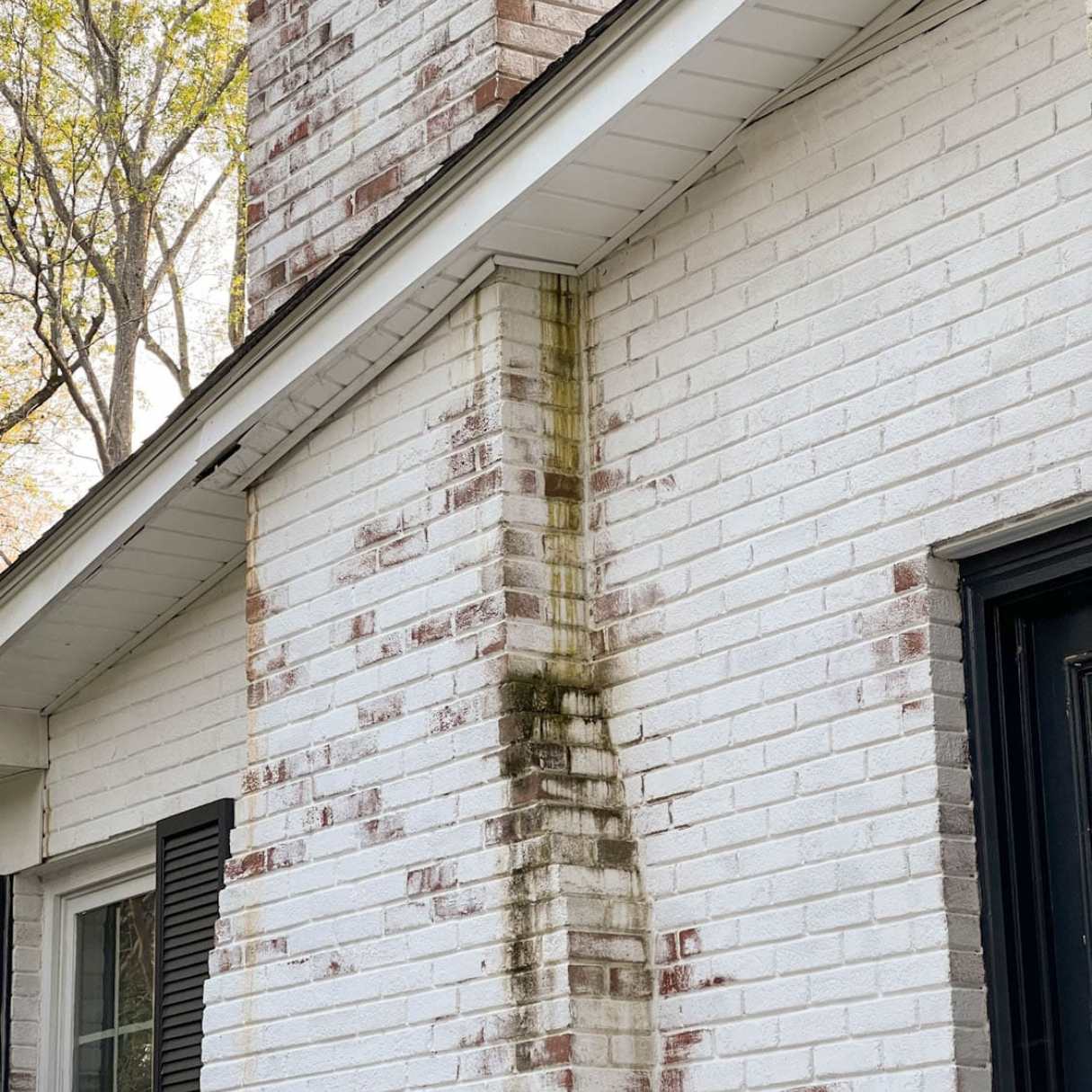

Building Materials
What Is Limewash Brick
Modified: February 18, 2024
Discover the benefits and application of limewash brick as a popular building material. Learn how to achieve a timeless, elegant look for your home with limewash brick.
(Many of the links in this article redirect to a specific reviewed product. Your purchase of these products through affiliate links helps to generate commission for Storables.com, at no extra cost. Learn more)
Introduction
Welcome to the world of limewash brick, where timeless elegance meets modern versatility. In this comprehensive guide, we will delve into the art of enhancing brick surfaces with limewash, exploring its history, benefits, application methods, and maintenance practices. Whether you are a homeowner seeking to revitalize your property or a design enthusiast with a penchant for rustic charm, the allure of limewash brick is bound to captivate your imagination.
Limewash brick has emerged as a beloved choice for those seeking to infuse architectural character and visual intrigue into their living spaces. Its unique ability to harmonize with a wide array of design styles, from traditional to contemporary, has propelled it to the forefront of the building materials arena. As we embark on this journey, prepare to uncover the enchanting story of limewash, a centuries-old technique that continues to leave an indelible mark on modern design aesthetics.
Key Takeaways:
- Limewash brick offers timeless elegance and sustainability, enhancing brick surfaces with a soft, matte finish that complements the natural texture while regulating moisture and preventing mold growth.
- Embracing limewash brick infuses architectural surfaces with enduring beauty, historical authenticity, and environmental friendliness, creating a harmonious blend of tradition and innovation.
Read more: How To Limewash Brick
What Is Limewash?
Limewash is a traditional finish made from slaked lime and water, often combined with natural pigments to achieve a spectrum of hues. This venerable coating dates back centuries, finding favor in various cultures for its remarkable ability to transform surfaces with a subtle, velvety appearance. Unlike modern paints that form a layer over the substrate, limewash penetrates the surface, allowing the underlying texture to remain visible while imparting a soft, matte finish.
One of the defining characteristics of limewash is its breathability, which enables moisture to pass through the coating. This permeability makes it an ideal choice for masonry surfaces, such as brick, as it helps regulate humidity and prevent the buildup of condensation. Furthermore, limewash possesses antiseptic properties, inhibiting the growth of mold and mildew while creating an environment unfriendly to bacteria.
When applied to brick, limewash undergoes a fascinating transformation as it reacts with the calcium carbonate present in the masonry. Over time, the limewash patinates, developing a weathered, time-honored appearance that adds depth and character to the brickwork. This natural aging process contributes to the allure of limewashed brick, endowing it with an organic, lived-in aesthetic that only grows more enchanting with the passage of time.
Limewash Brick: A Brief History
The use of limewash dates back to ancient civilizations, where it adorned the walls of architectural marvels, from the sun-drenched villas of the Mediterranean to the grand edifices of the Far East. Its enduring popularity can be attributed to both its aesthetic appeal and practical properties. In addition to bestowing a soft, inviting finish, limewash served as a protective coating, shielding structures from the elements while allowing the underlying materials to breathe.
Throughout history, limewash has been revered for its versatility, adorning not only residential dwellings but also monumental structures and sacred sites. The iconic whitewashed buildings of the Greek islands and the charming facades of rural cottages in England stand as testaments to the enduring allure of limewash. Its ability to evoke a sense of timelessness and tranquility has ensured its relevance across diverse architectural styles and geographical regions.
When it comes to brick, limewash has been a favored treatment for centuries, particularly in regions where brick construction prevails. From the colonial architecture of the Americas to the quaint villages of Europe, limewashed brick has left an indelible mark on the built environment, infusing structures with a sense of heritage and understated elegance.
Today, the resurgence of interest in traditional building materials and artisanal craftsmanship has sparked a renewed appreciation for limewash and its timeless appeal. Designers, homeowners, and restoration specialists are rediscovering the enchanting beauty of limewash brick, recognizing its capacity to imbue contemporary spaces with a touch of old-world charm and sophistication.
Benefits of Using Limewash on Brick
Embracing the art of limewashing brick offers a myriad of advantages, making it a compelling choice for those seeking to enhance the visual appeal and longevity of their architectural surfaces.
- Enhanced Aesthetics: Limewash imbues brick with a soft, matte finish that complements the natural texture of the masonry, creating a timeless and elegant appearance. Its subtle translucency allows the variations in the brick to remain visible, adding depth and character to the surface.
- Color Versatility: With the ability to incorporate natural pigments, limewash offers a broad spectrum of colors, ranging from classic whites and neutrals to rich, earthy tones. This versatility provides ample opportunities for customization, allowing homeowners to achieve their desired aesthetic vision.
- Environmental Friendliness: As a mineral-based coating, limewash is environmentally friendly and non-toxic, making it a sustainable choice for those mindful of their ecological footprint. Its composition aligns with the principles of green building, contributing to healthier indoor and outdoor environments.
- Moisture Regulation: Limewash’s breathable nature enables it to regulate moisture, preventing the accumulation of condensation within the brickwork. This characteristic helps safeguard the structural integrity of the masonry by minimizing the risk of moisture-related damage.
- Longevity and Durability: When properly applied and maintained, limewash forms a durable bond with the brick substrate, offering lasting protection against weathering and UV degradation. Its ability to patinate over time further contributes to its resilience, creating a weathered aesthetic that enhances the brick’s visual appeal.
- Historical Authenticity: For restoration projects or heritage properties, limewash enables the preservation of historical authenticity, allowing structures to retain their original charm while benefiting from modern protective properties.
By harnessing the benefits of limewash, homeowners and designers can elevate the allure of brick surfaces, infusing them with enduring beauty and sustainable performance.
When applying limewash to brick, make sure to clean the surface thoroughly and wet it before application. This will help the limewash adhere better and result in a more even finish.
How to Apply Limewash to Brick
The application of limewash to brick surfaces requires meticulous preparation and a methodical approach to achieve optimal results. Here’s a step-by-step guide to applying limewash, ensuring a seamless and enduring finish:
- Surface Preparation: Begin by thoroughly cleaning the brick surface to remove dirt, dust, and any existing coatings. A power washer or stiff brush can be used to eliminate debris and ensure a clean, porous substrate for the limewash to adhere to.
- Testing and Mixing: Prior to application, it’s advisable to conduct a small test patch to assess the desired color and consistency of the limewash. Once the ideal hue is achieved, mix the limewash thoroughly to ensure uniformity.
- Priming the Surface: If the brick surface is particularly absorbent or uneven, applying a diluted coat of limewash or a specialized primer can help promote adhesion and uniform coverage.
- Application Technique: Using a brush, roller, or sprayer, apply the limewash evenly in a methodical manner, working in manageable sections to avoid drying lines. It’s essential to work swiftly and consistently to maintain a uniform appearance.
- Multiple Coats: Depending on the desired opacity and depth of color, multiple coats of limewash may be required. Allow each coat to dry thoroughly before applying the next, ensuring that the previous layer has fully penetrated the brick surface.
- Finishing Touches: Once the final coat has been applied and has dried to the desired effect, consider techniques such as wet distressing or sponging to create nuanced variations in color and texture, adding depth to the limewashed brick.
- Sealing (Optional): While limewash naturally patinates over time, some may opt to seal the surface with a breathable, matte sealant to enhance durability and facilitate maintenance. It’s important to select a sealant compatible with limewash to preserve its unique characteristics.
By following these guidelines and exercising patience and precision, the process of applying limewash to brick can yield enchanting results, transforming the surface into a timeless expression of artistry and refinement.
Read more: How To Limewash A Brick Fireplace
Maintaining Limewashed Brick
Preserving the allure of limewashed brick involves conscientious maintenance practices aimed at safeguarding its visual charm and protective properties. While limewash possesses inherent durability and weathering characteristics, routine upkeep can ensure its longevity and sustained elegance.
- Gentle Cleaning: Periodically clean limewashed brick surfaces using a soft brush or low-pressure rinse with water. Avoid abrasive cleaning agents or high-pressure washing, as these can compromise the integrity of the limewash.
- Touch-Up and Reapplication: Over time, areas of high traffic or exposure may exhibit wear. Touching up these areas with additional limewash can help maintain a uniform appearance and reinforce the surface’s protective qualities.
- Monitoring for Damage: Regularly inspect the limewashed brick for signs of damage, such as flaking or cracking. Address any issues promptly to prevent the deterioration of the coating and protect the underlying brickwork.
- Sealant Evaluation: If a sealant was applied to the limewashed surface, assess its condition periodically. Reapply the sealant as needed to uphold the protective barrier while ensuring compatibility with the limewash formulation.
- Environmental Considerations: Be mindful of environmental factors that can impact the longevity of limewashed brick, such as prolonged exposure to harsh sunlight, inclement weather, or excessive moisture. Taking proactive measures to shield the surface from these elements can contribute to its preservation.
- Professional Assessment: For extensive maintenance or restoration needs, consider consulting professionals experienced in the care and conservation of limewashed surfaces. Their expertise can provide valuable insights and solutions tailored to the specific requirements of the brickwork.
By incorporating these maintenance practices into your regular property care regimen, limewashed brick can continue to exude its timeless allure, enriching the aesthetic and structural integrity of the architectural environment.
Conclusion
As we conclude our exploration of limewash brick, it becomes evident that this ancient yet timeless technique has the power to elevate the aesthetic appeal, sustainability, and historical resonance of architectural surfaces. The journey through the history, application, and maintenance of limewashed brick has unveiled a captivating narrative of tradition, artistry, and enduring beauty.
Limewash, with its mineral composition and breathable nature, stands as a testament to the harmonious coexistence of heritage and innovation. Its ability to infuse brick with a velvety, translucent finish, while allowing the inherent character of the masonry to shine through, underscores its status as a cherished artisanal medium.
By embracing limewash, homeowners, designers, and preservationists alike can engage in a dialogue with the past, honoring the legacy of this venerable technique while shaping contemporary spaces with a touch of understated elegance. The benefits of limewash extend beyond its visual allure, encompassing its environmentally friendly attributes, moisture-regulating properties, and historical authenticity.
As we look to the future, the resurgence of interest in traditional building materials and sustainable design practices heralds a continued appreciation for the art of limewash. Its capacity to transform brick surfaces into timeless expressions of artistry and refinement ensures its enduring relevance in the realm of architectural enhancement.
In essence, limewash brick embodies a narrative of resilience, authenticity, and enduring beauty, inviting us to embrace the art of preservation and the artistry of transformation. Its presence in the built environment serves as a poignant reminder of the seamless fusion of history and innovation, where the echoes of the past resonate harmoniously with the aspirations of the present.
May the enchanting allure of limewash brick continue to grace architectural landscapes, enriching our surroundings with its timeless elegance and evocative charm.
Frequently Asked Questions about What Is Limewash Brick
Was this page helpful?
At Storables.com, we guarantee accurate and reliable information. Our content, validated by Expert Board Contributors, is crafted following stringent Editorial Policies. We're committed to providing you with well-researched, expert-backed insights for all your informational needs.
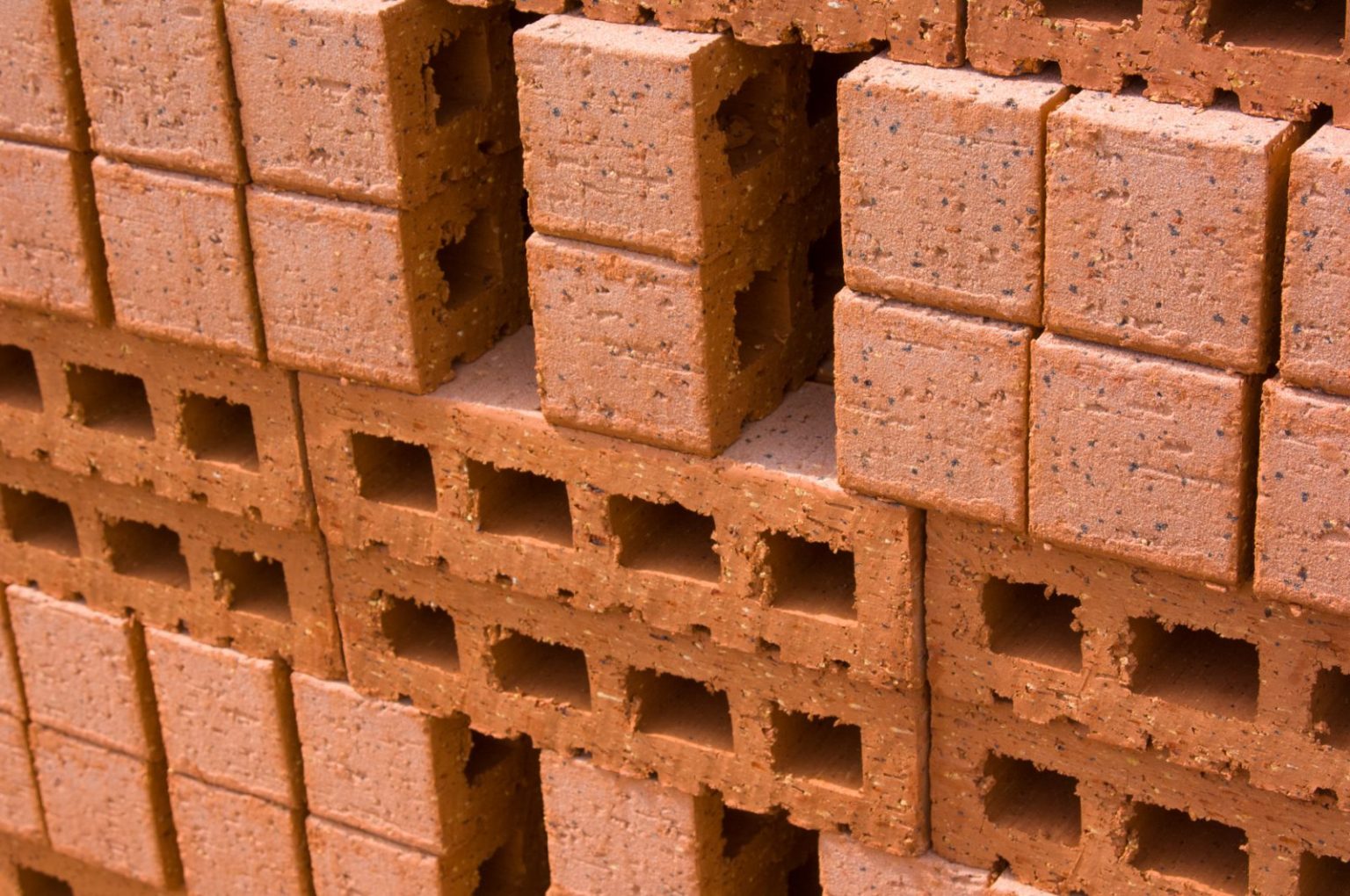
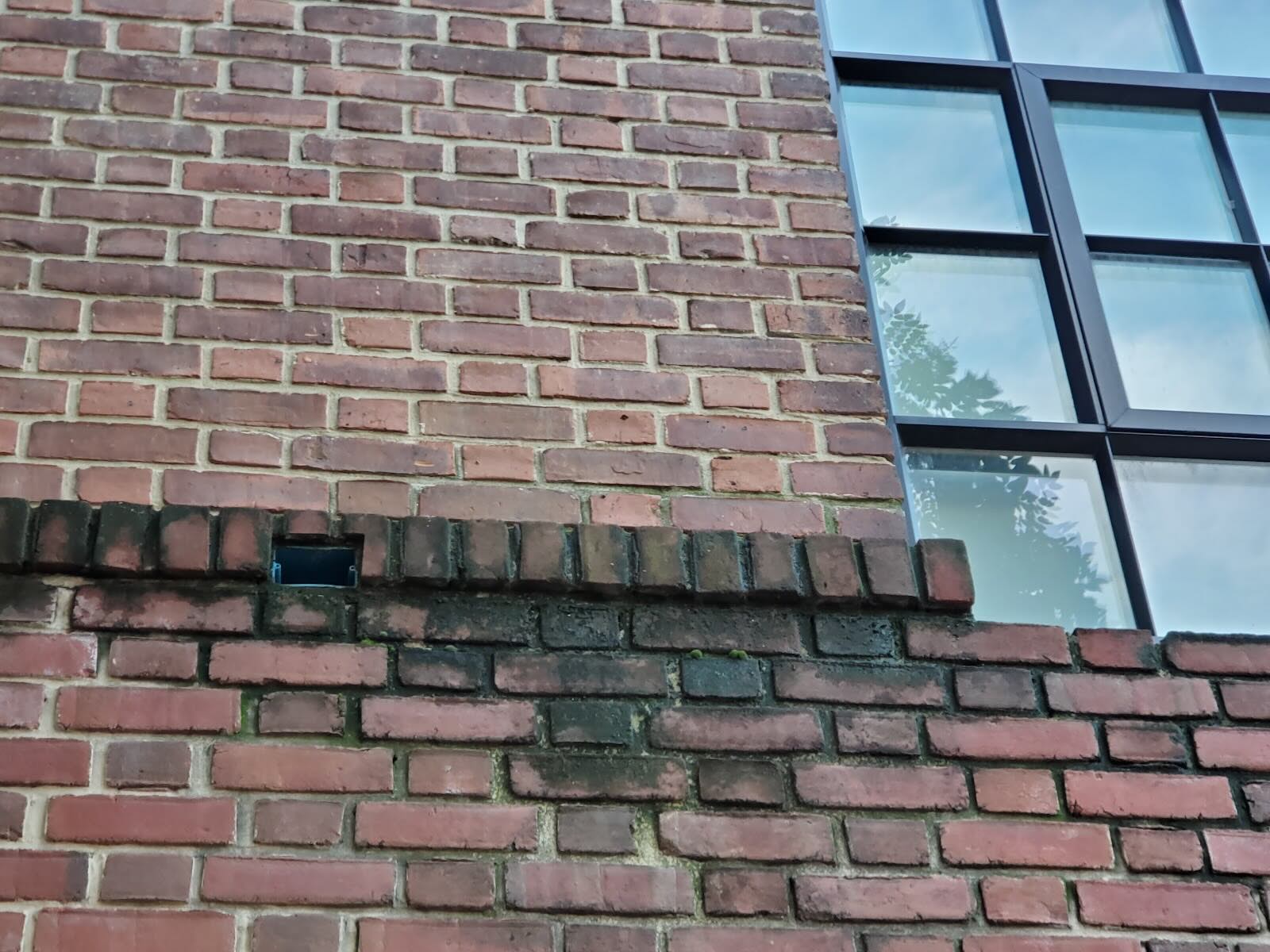
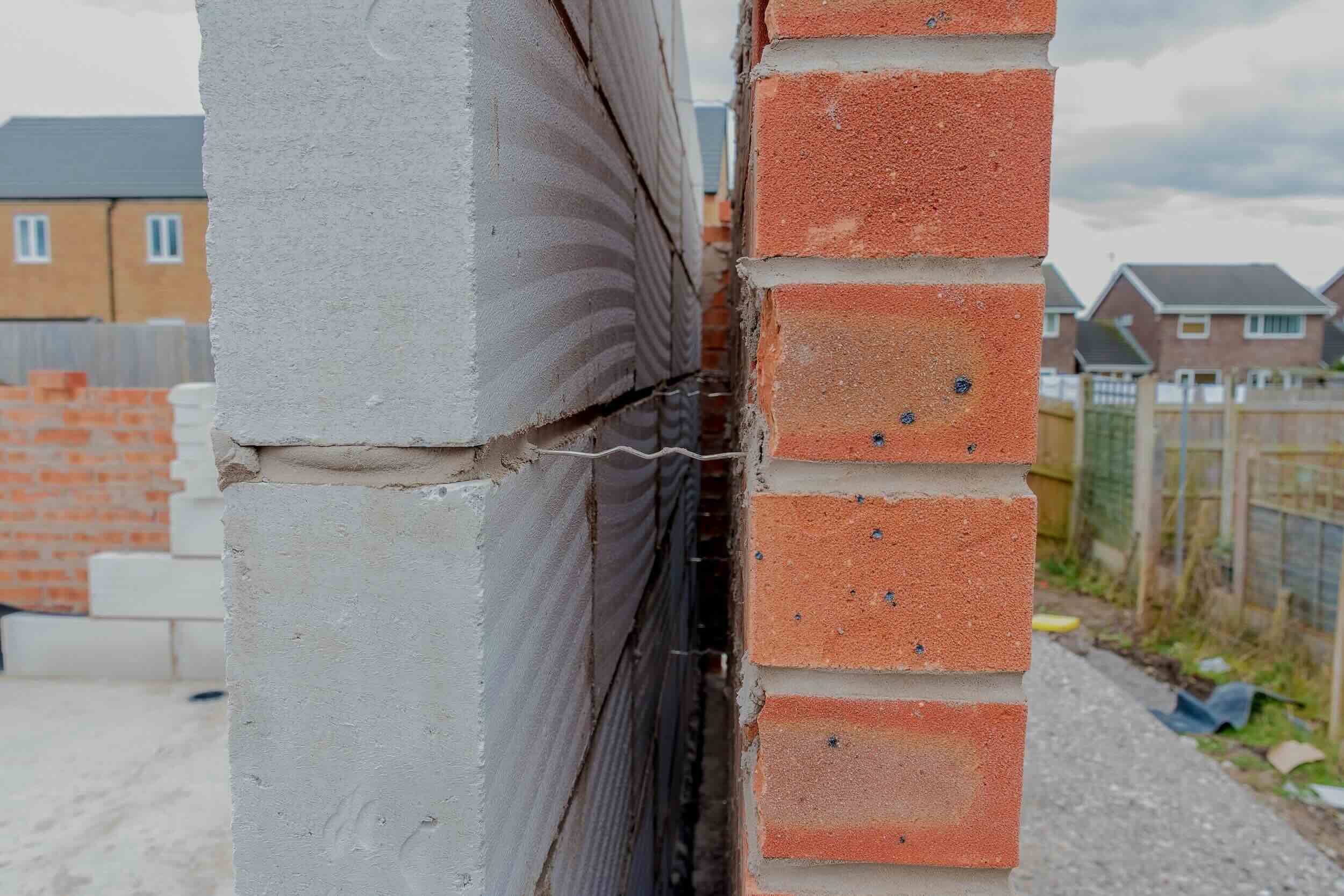
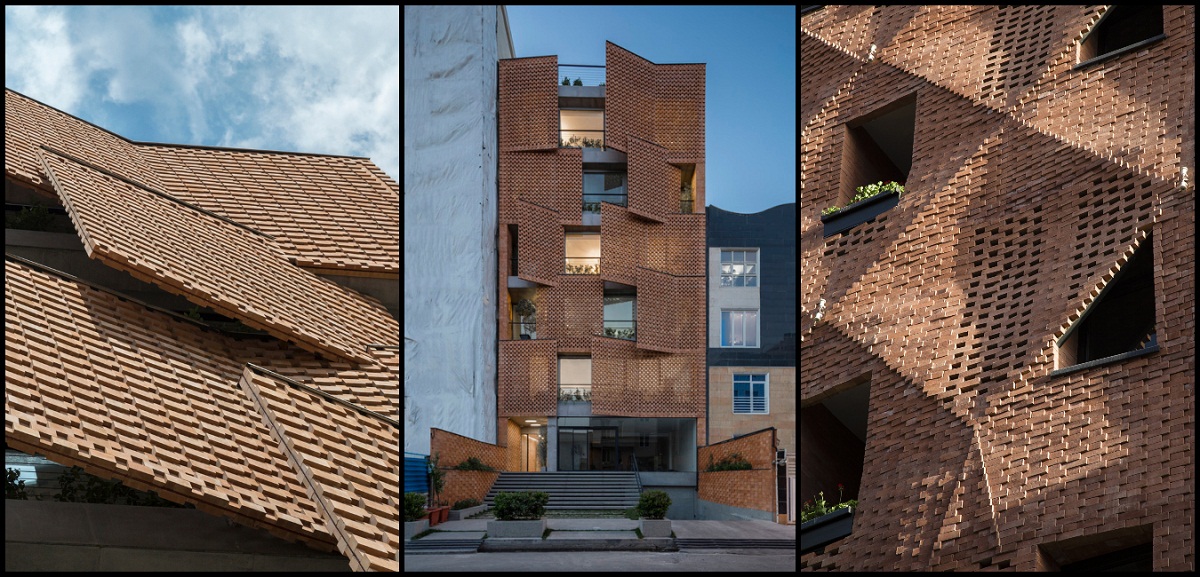
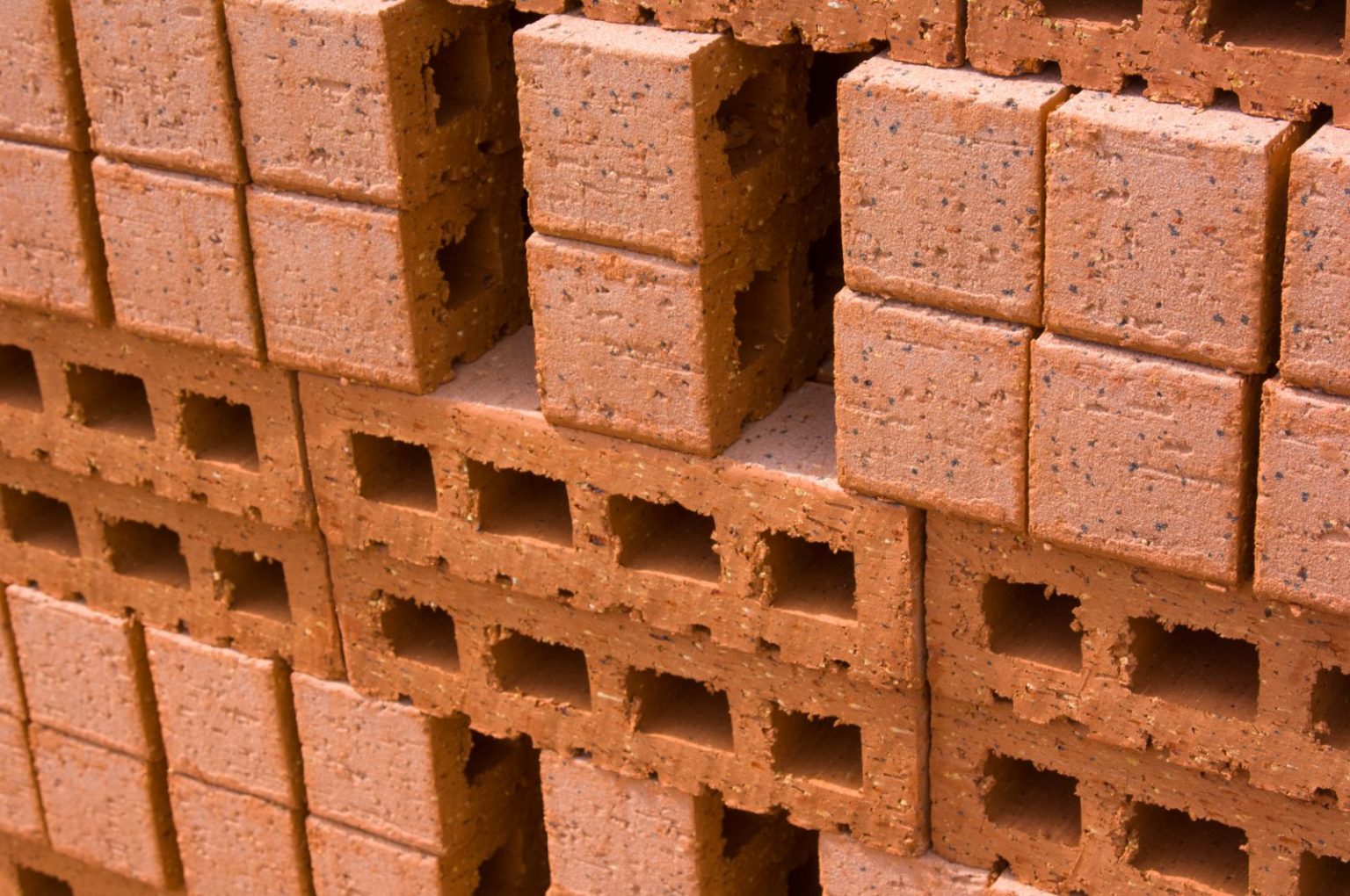
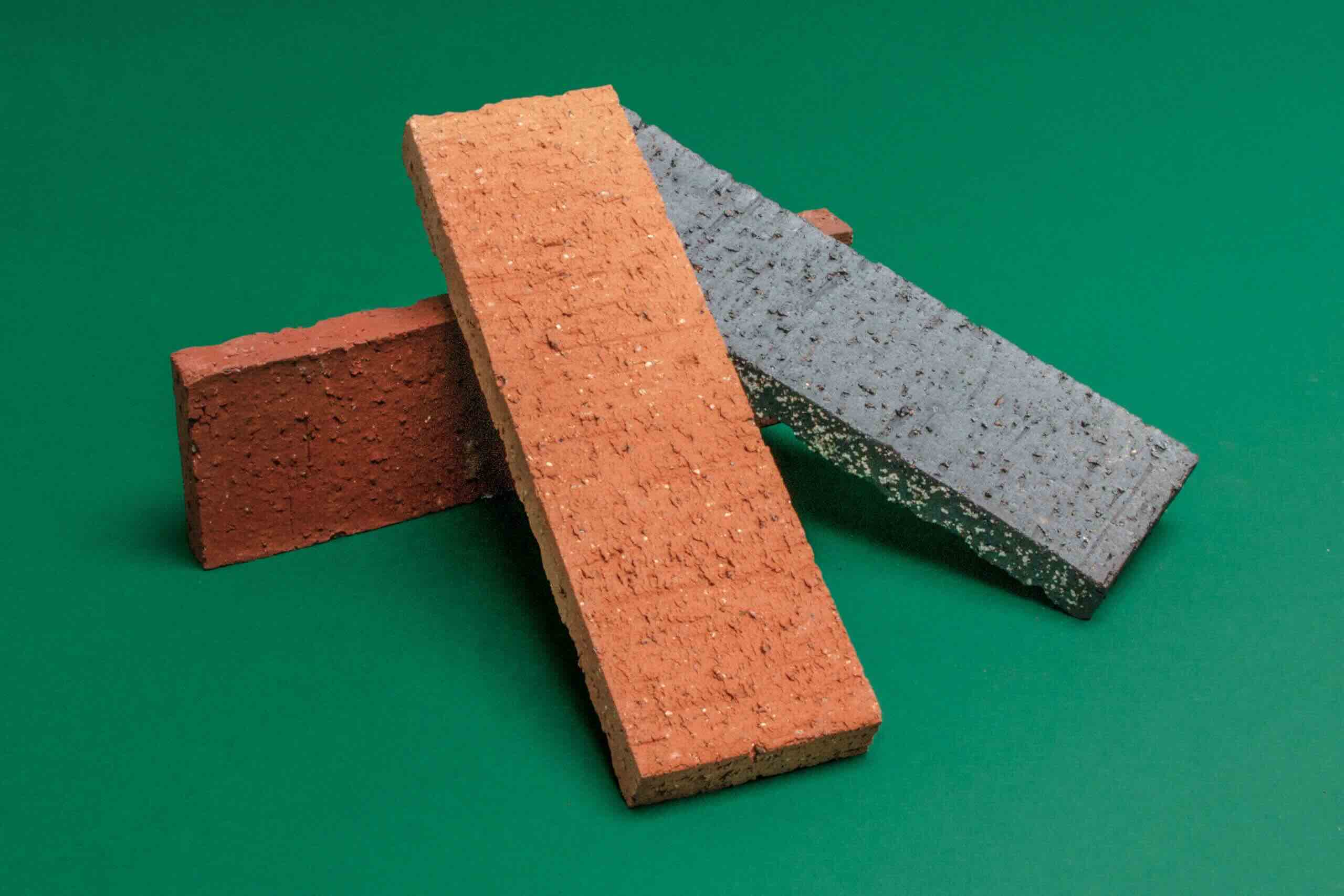
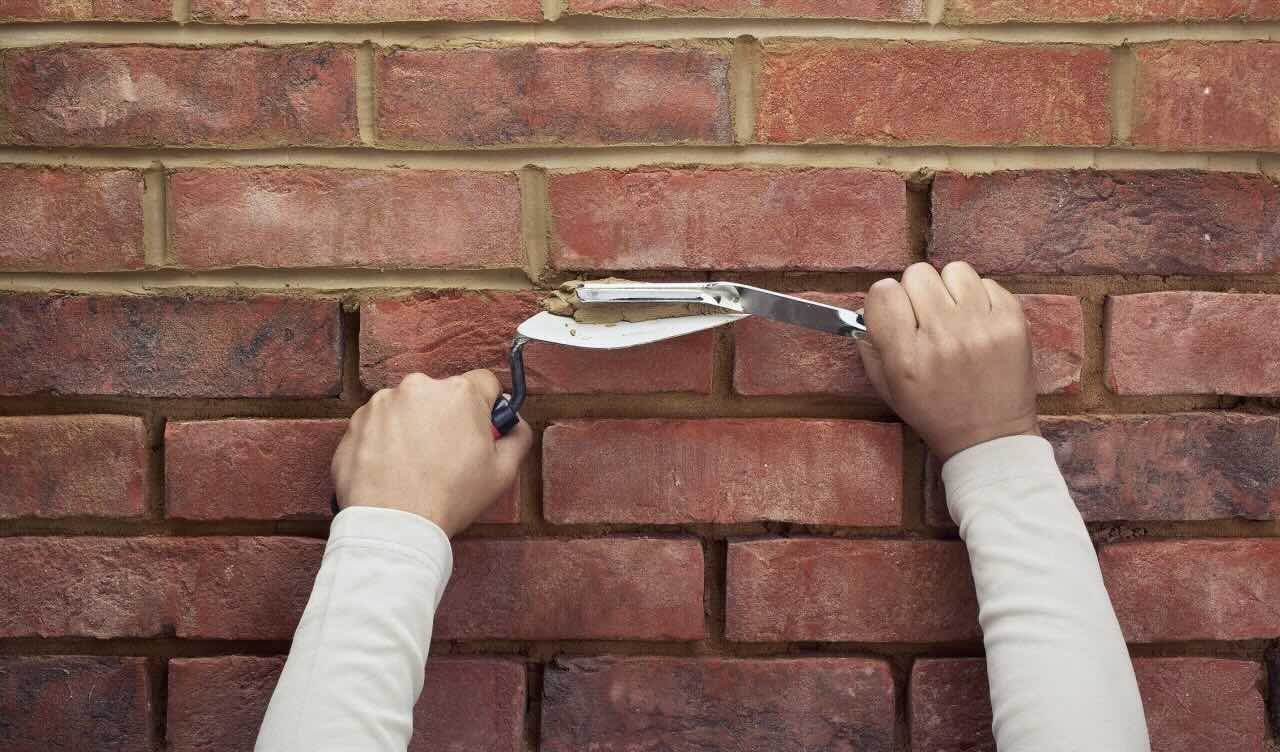
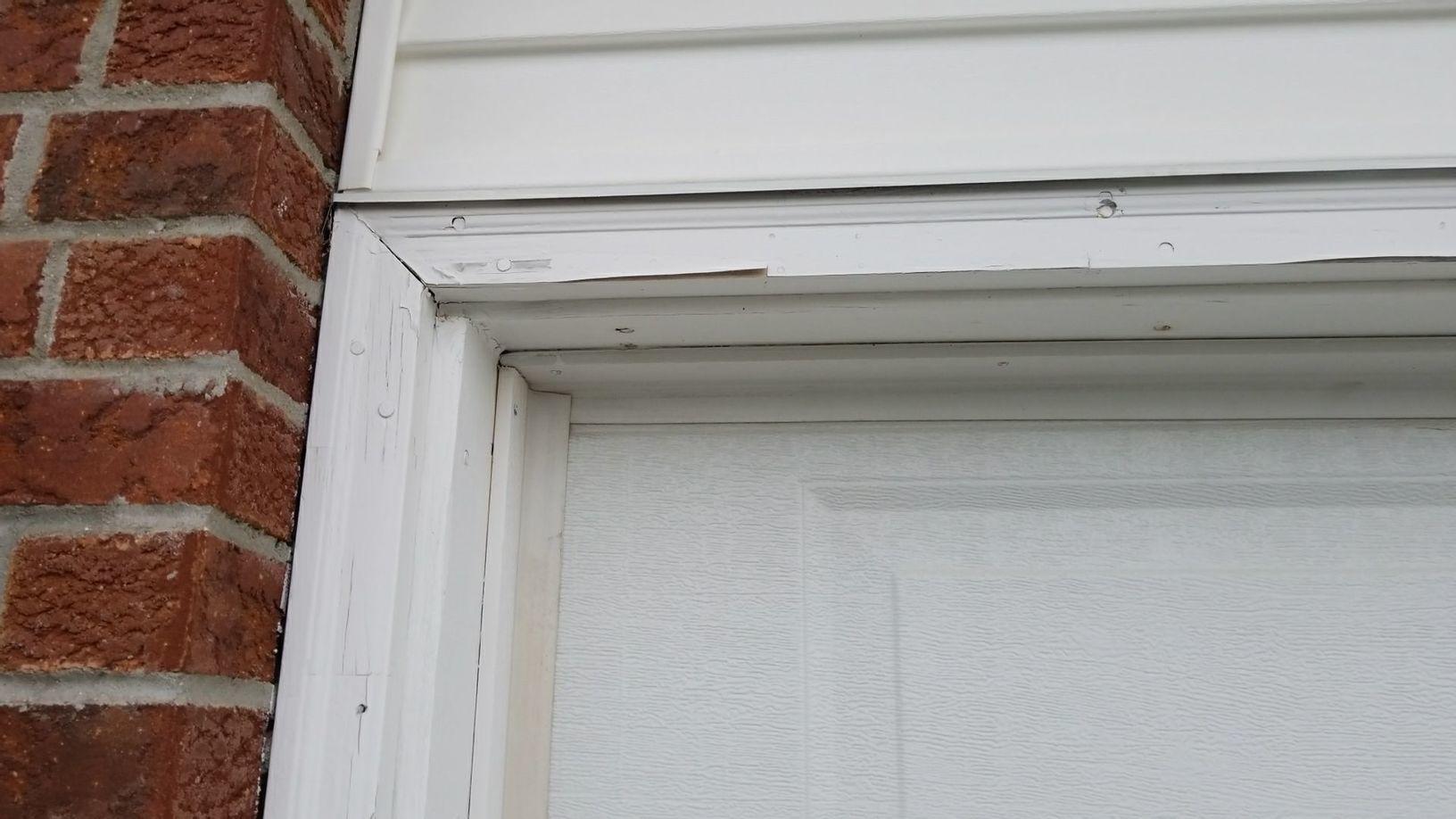
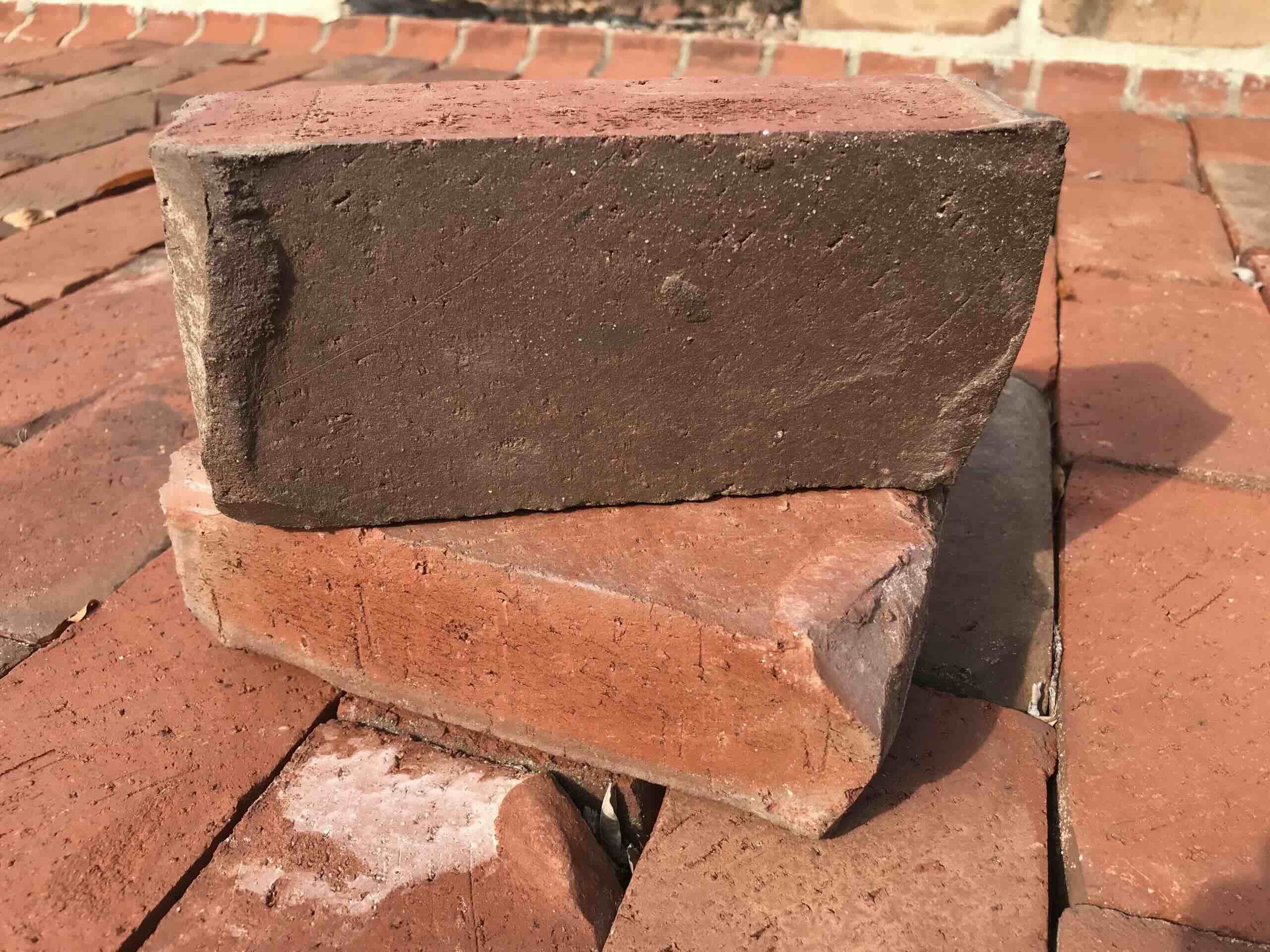
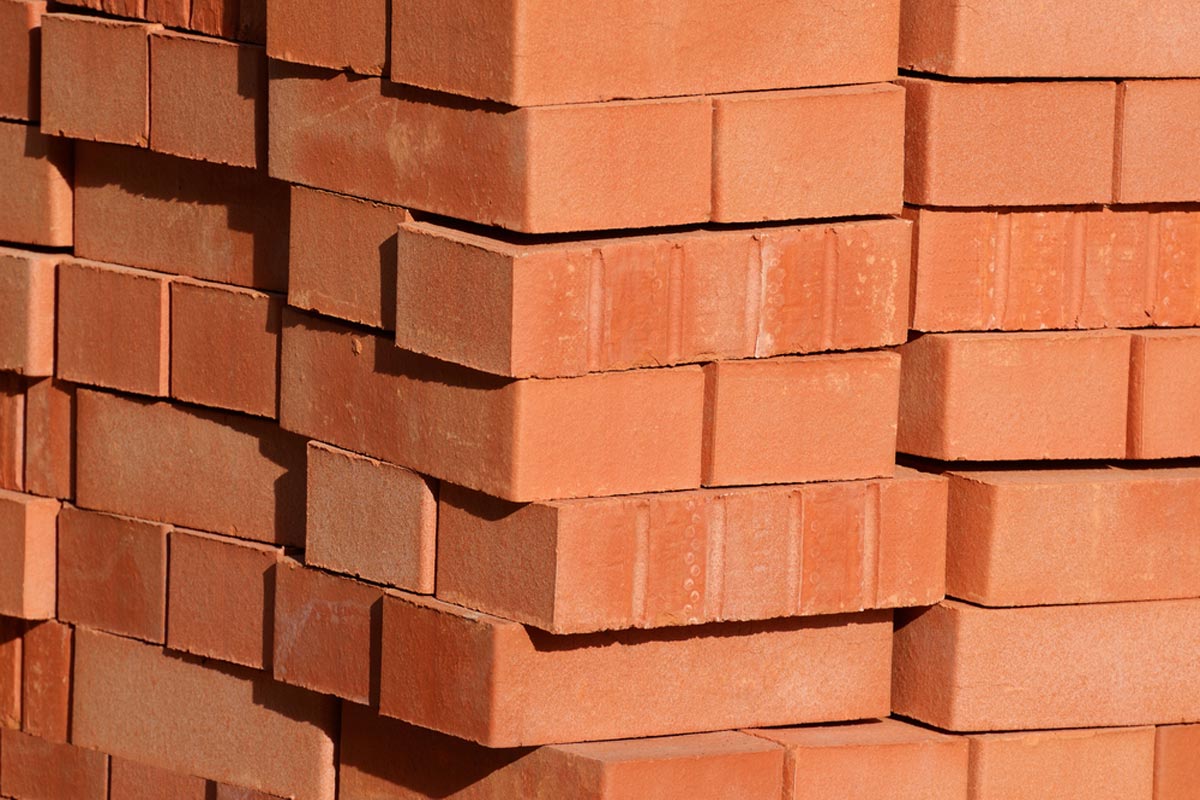
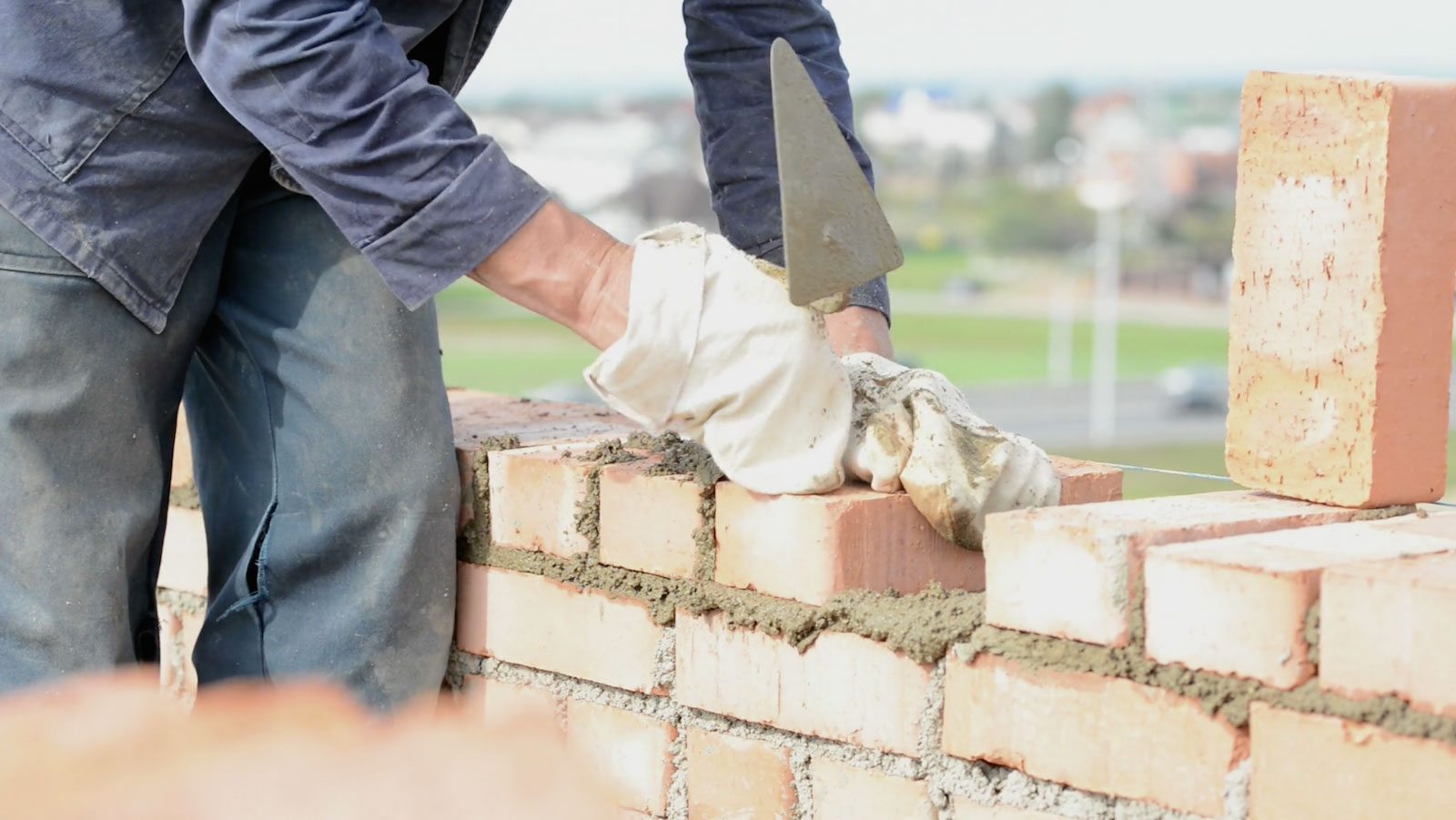
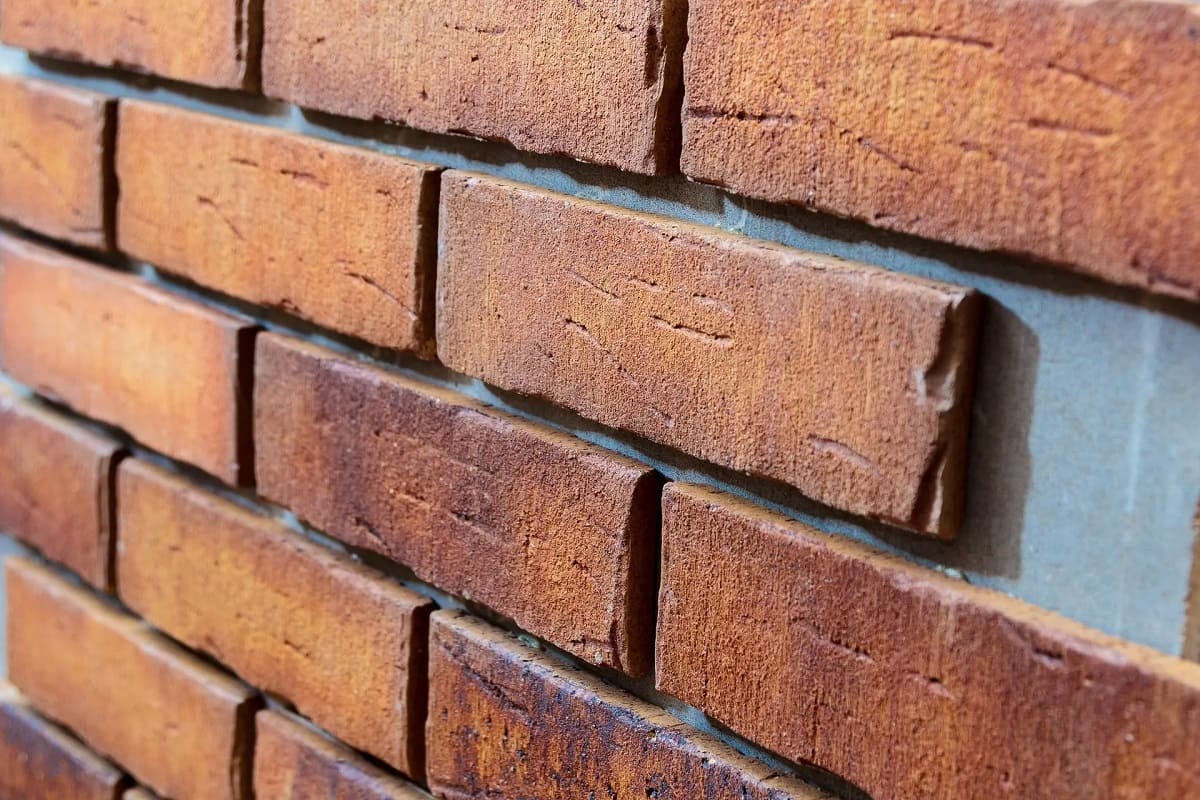

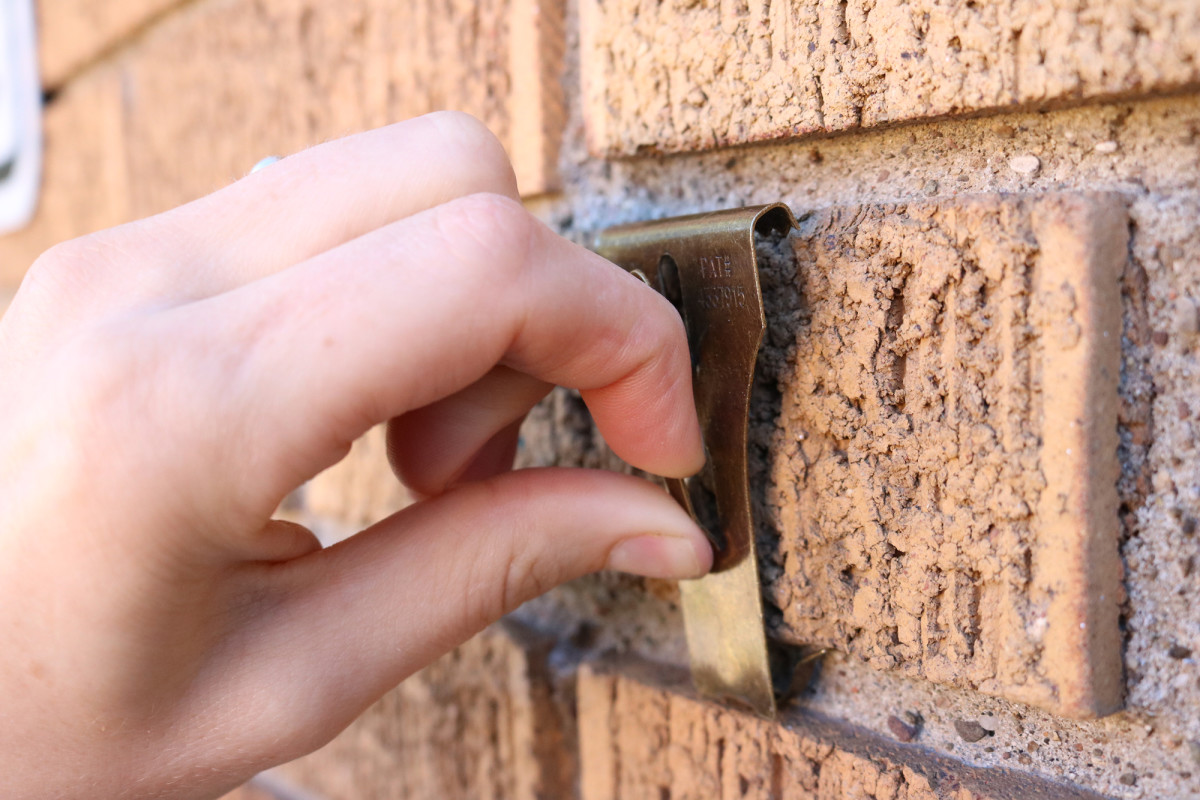

0 thoughts on “What Is Limewash Brick”